East meets West
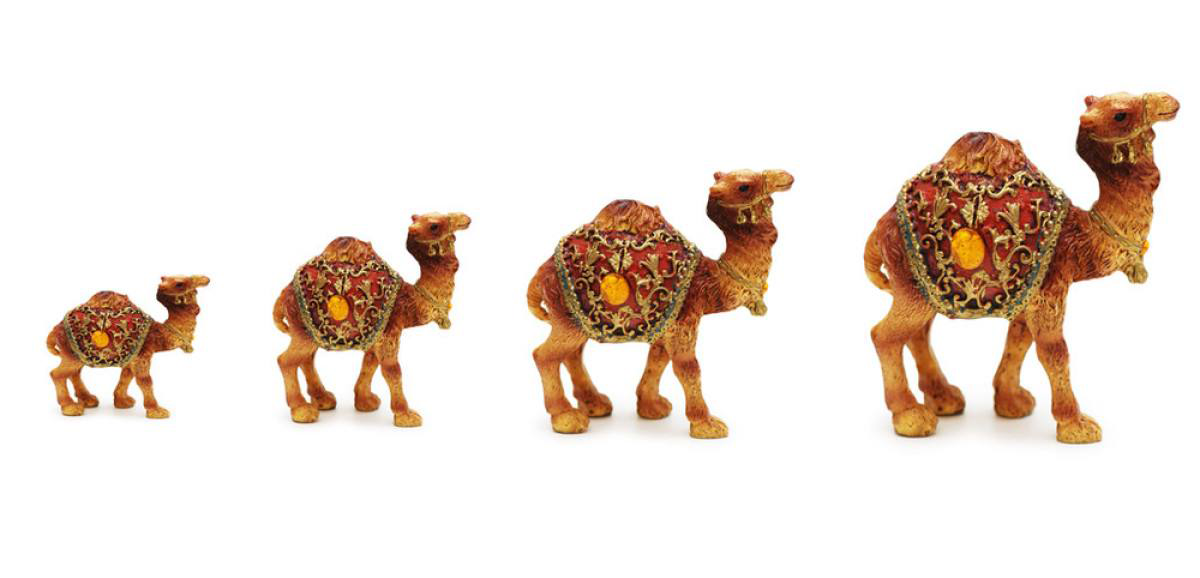
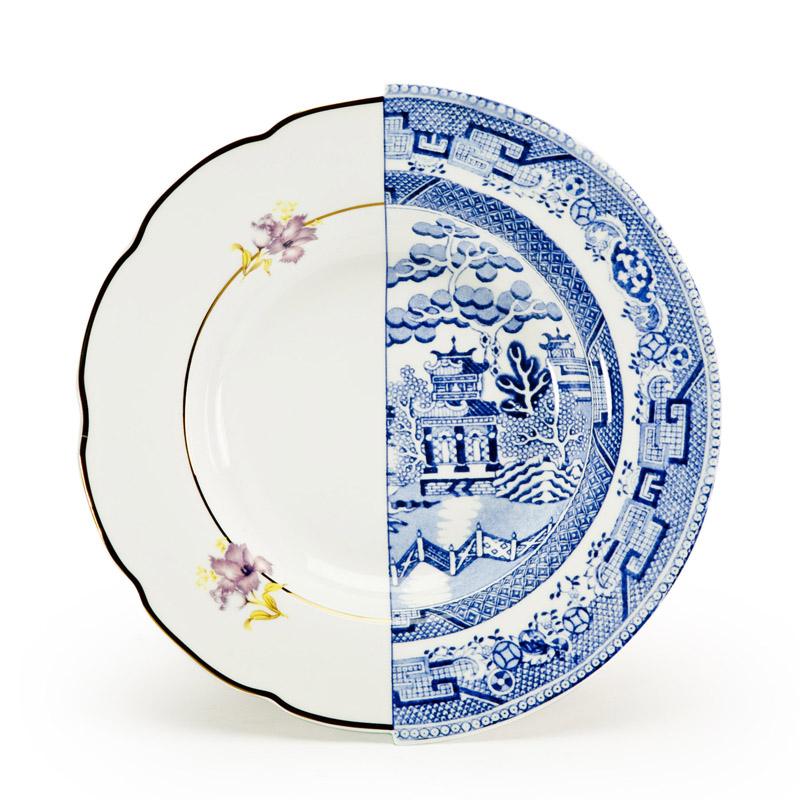
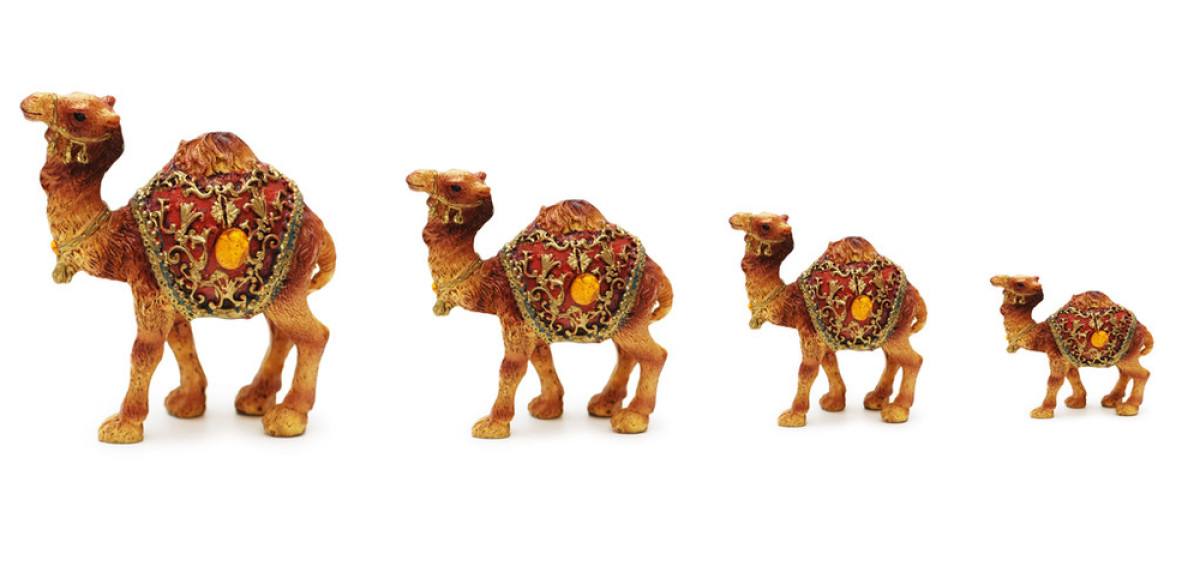
Porcelain is a material made from well-chosen porcelain clay or pottery stone through technological processes. which has tougher texture, more transparent body and finer luster. Porcelain is also called
Porcelain is the creative fruit of the working people of ancient China. Since the Han and Tang Dynasties, porcelain has been exported worldwide. It promotes economic and cultural exchange between China and the outside world, and profoundly influences the traditional culture and lifestyle of people from other countries.
East Art
Porcelain is the creative fruit of the working people of ancient China. Since the Han and Tang Dynasties, porcelain has been exported worldwide.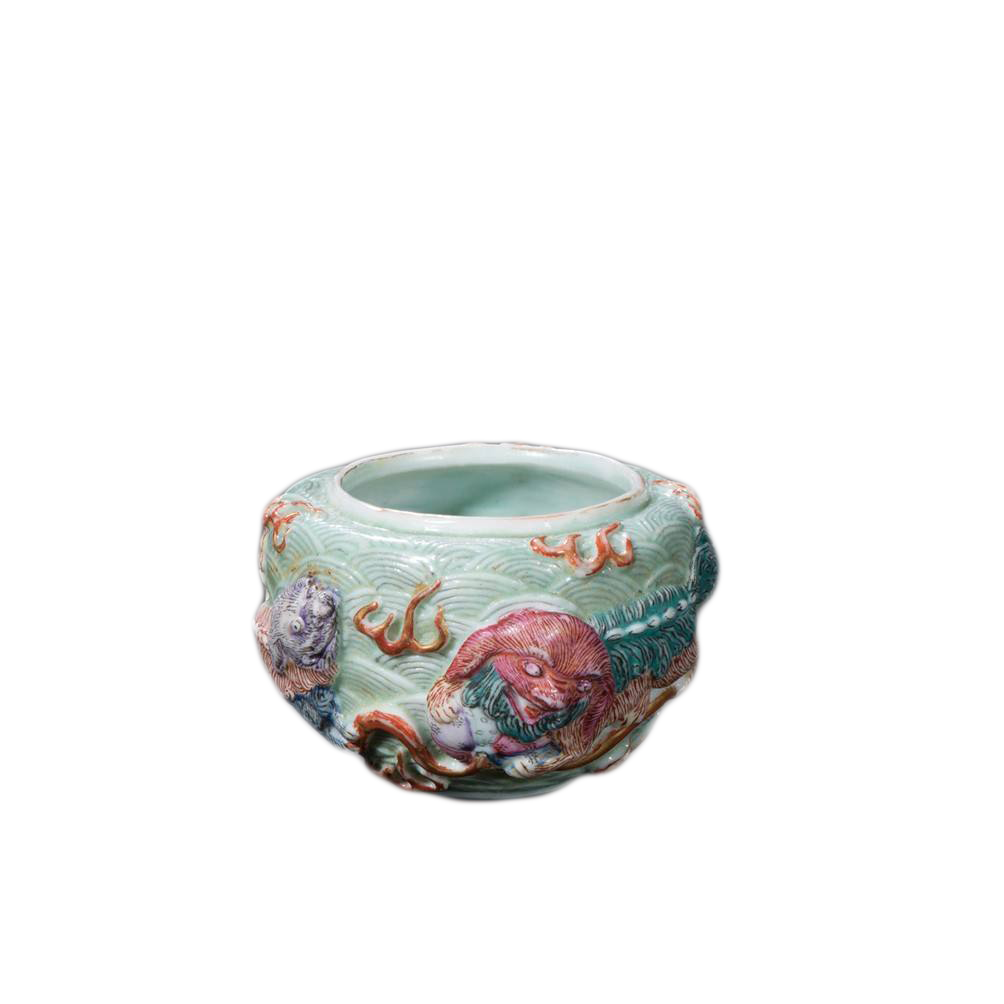
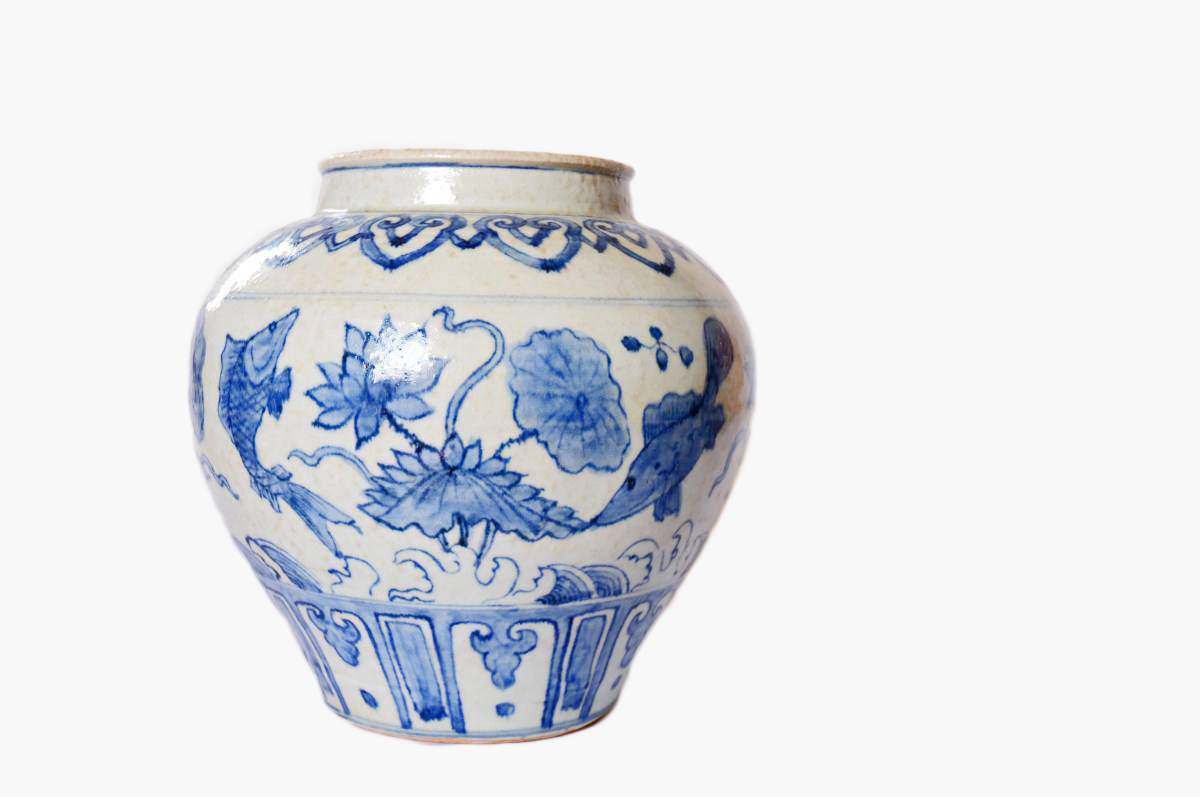
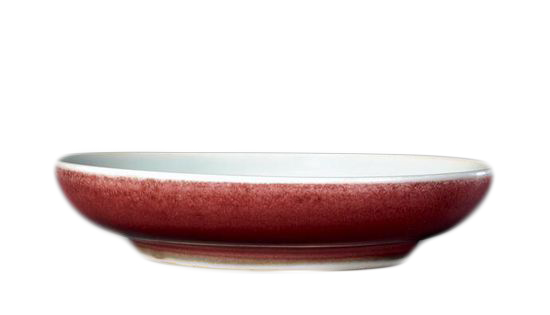
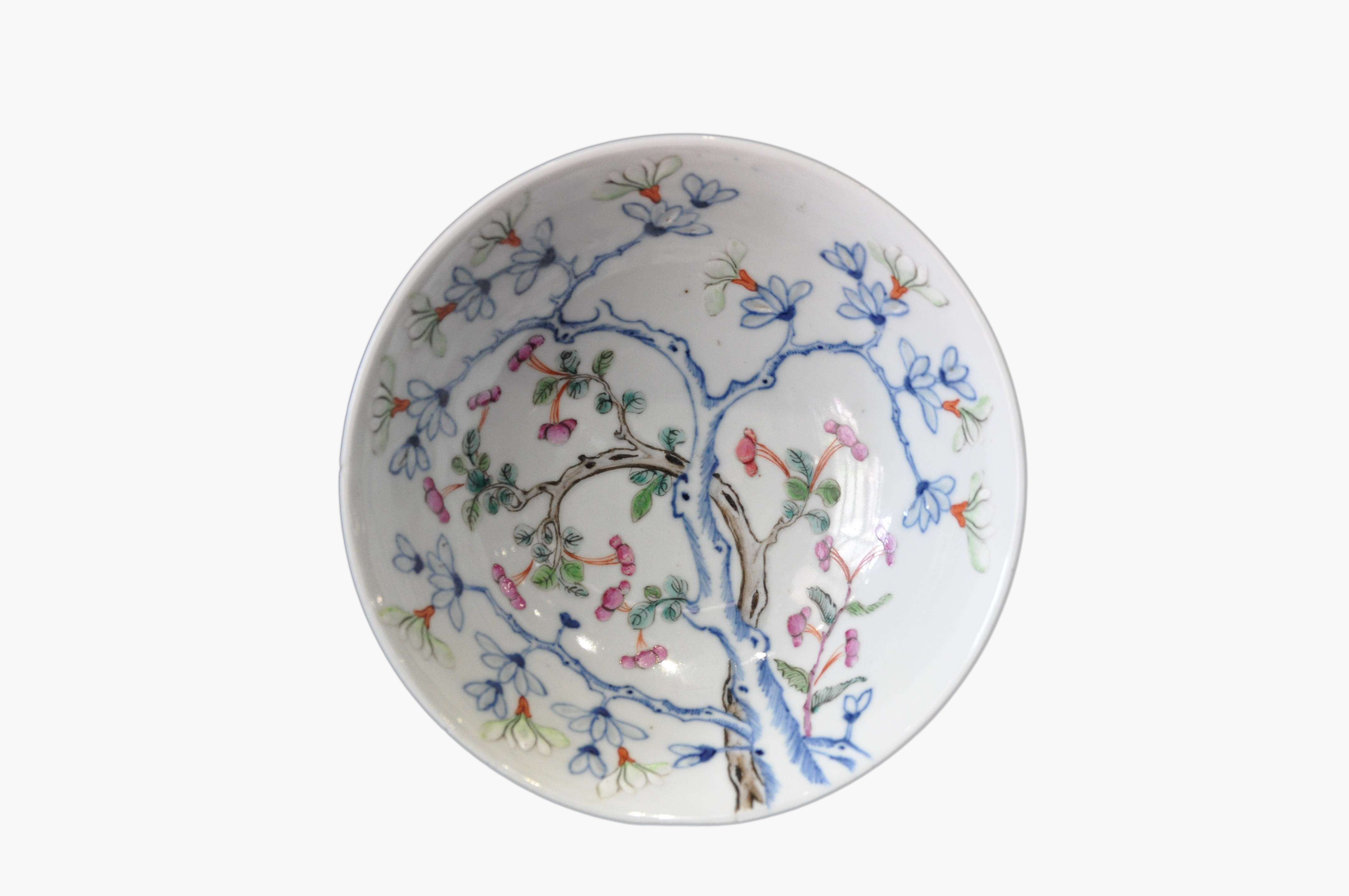
Glowing Porcelain
Also called Transparent Porcelain. It was developed on the basis of skeleton technique in Ming Dynasty. It has a thin inner body with lined tiny holes. It seems transparent but leak-free.
Blue and white pottery
“Blue and white pottery” covers a wide range of white pottery and porcelain decorated under the glaze with a blue pigment, generally cobalt oxide. The decoration is commonly applied by hand, originally by brush painting, but nowadays by
Glowing PorcelainColor Glaze Porcelain
It Ceramic glaze is an impervious layer or coating of a vitreous substance which has been fused to a ceramic body through firing. Ancient Chinese craftsmen added different metal oxides in the glaze. At different temperatures and flames, the glaze appeared in different colours.
Famille Rose Porcelain
Also called soft decorative porcelain. Around the end of the Kangxi period (Qing Dynasty), famille rose, or ‘pink family’ enamels, were introduced in China. Composed largely of opaque white and pink enamels derived from colloidal gold, introduced through the Jesuits serving at the Qing court, this new palette became very popular during the subsequent reigns in Qing Dynasty.
West Porcelain
Porcelain was a kind of valuable merchant traded from China to the west during the Old Days of Silk Road, and had prolonged impact on the European aesthetic and lifestyle.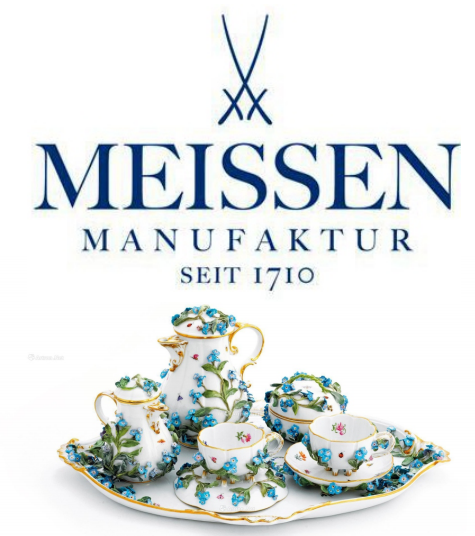
Meissen
porcelain. In 1710, Meissen porcelain was brought to
the market and gradually became one of the most famous
porcelain manufacturers. The mark of the crossed swords
is one of the oldest trademarks in existence.
It dominated the style of European porcelain until 1756.
However, all of the success had been inspired by the charm
of those from China!
You’ve been more familiar with the name of Wedgwood of Britain?
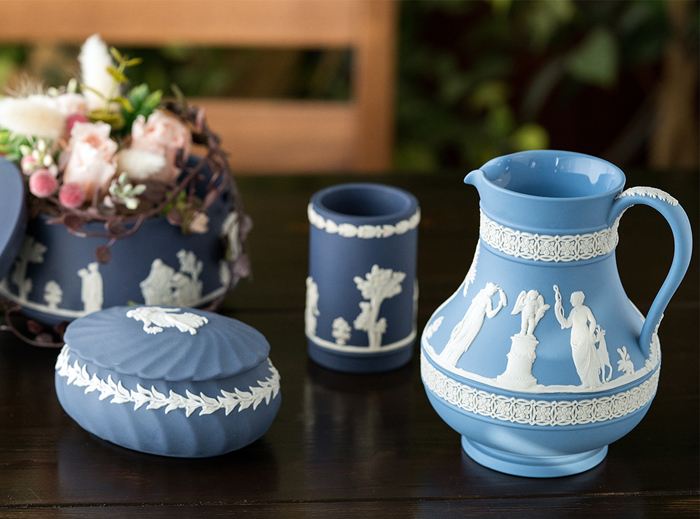
Wedgwood, is a fine china, porcelain, and luxury
accessories company founded on 1 May 1759 by
English potter and entrepreneur Josiah Wedgwood.
But, you can also hear a lot about how the British had
studied the Chinaware from China!
